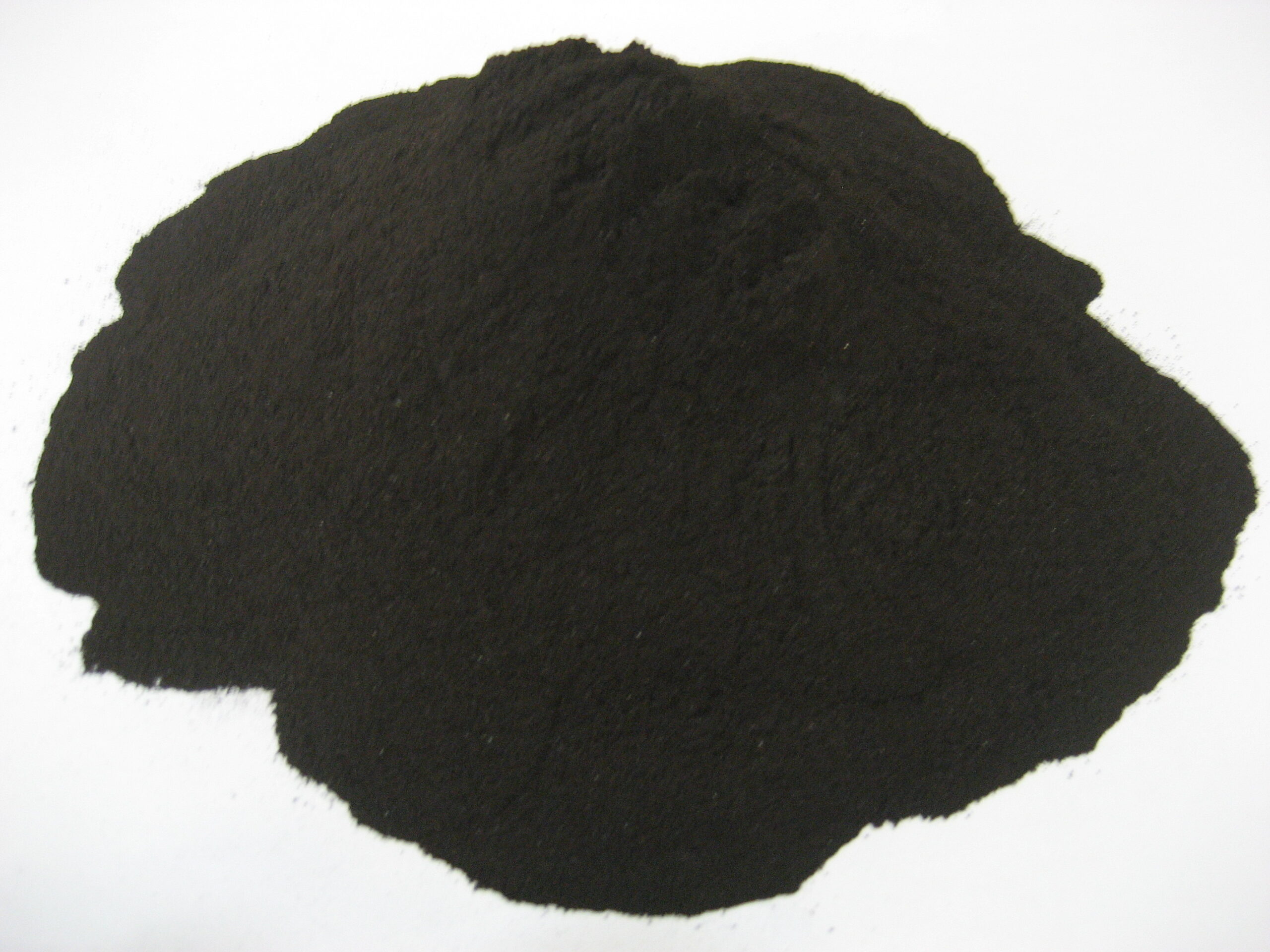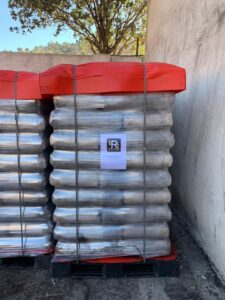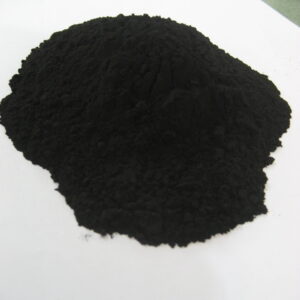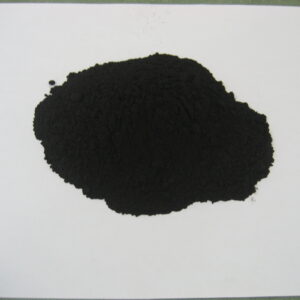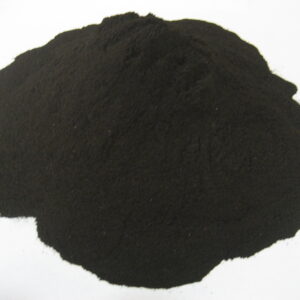Description
What is Gilsonite?
Gilsonite is a natural, resinous hydrocarbon.
This natural asphalt is similar to hard petroleum asphalt and is often called natural asphalt, asphaltite, uintaite, or asphalt.
Gilsonite is soluble in aromatic and aliphatic solvents, as well as petroleum asphalt. Due to its unique compatibility, Gil… is frequently used to harden softer petroleum products.
Gilsonite in mass is a shiny, black substance similar in appearance to the mineral obsidian. It is brittle and can be easily crushed into a dark brown powder.
Gilsonite is found below the earth’s surface in vertical veins or seams that are generally between two and six feet in width but can be as wide as ۲۸ feet.
The veins are nearly parallel to each other and are oriented in a northwest-to-southeast direction. They extend many miles in length and as deep as ۱۵۰۰ feet.
The vein will show up on the surface as a thin outcropping and gradually widen as it goes deeper. Due to the narrow mining face, Gil… is mined today, much like it was ۵۰ or ۱۰۰ years ago.
The primary difference is that modern miners use pneumatic chipping hammers and mechanical hoists.
The mineral now known as Gilsonite was discovered in the early ۱۸۶۰s, but it was not until the mid-۱۸۸۰s that Samuel H. Gilson began to promote it as a waterproof coating for wooden pilings, as an insulation for wire cable, and as a unique varnish.
Gilson’s promotion of the ore was so successful that, in ۱۸۸۸, he and a partner formed the first company to mine and market Gilsonite on a commercial scale.
Originally, Gilsonite was sold as “Selects” and “Fines”; the law softening point ore with conchoidal fracture was known as “Selects”. The higher softening point ore with a penciled structure was known as “Fines”.
Selects commanded a higher price than Fines because of their better purity, good solubility, and usefulness in the paint, stain, and varnish industries.
Time and technology have changed this classification system. Processing of Gil.. now removes most of the inert contaminants and newer, more powerful, solvents make the higher softening point grades more interesting to the user.
Today, Gilsonite is graded by softening point (a rough measure of solubility) and particle size. All grades carry a degree of quality far superior to those first small amounts of crude Gilsonite marketed in the ۱۸۸۰’s.
The information in these pages is based on laboratory evaluation and field experience.
It is correct to the best of our knowledge. Recommendations are made without warranty or guarantee and the buyer assumes all risk and liability.
Packaging
All grades of Gil.. are available in various types of packaging:
۱. ۱ Ton Jumbo bags
۲. ۲۵kg package for powder
Carbon 84,9 % , Ash < 10%
Gilsonite is included in a class of solid bitumens known as asphaltites. The Gil.. deposits in Iran are different from other asphaltites because of their:
۱. High asphaltene content
۲. high solubility in organic solvents
۳. high purity and consistent properties
۴. high molecular weight
۵. high nitrogen content

